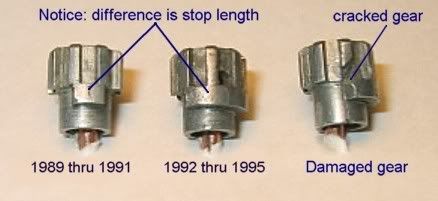- Admin
- #1
New tech article released here at the Corvette Action Center by Hib Halverson:
Corvette Action Center | Tech | C4 Corvette's Selective Ride Control - Six Steps for a King's Ride
Corvette Action Center | Tech | C4 Corvette's Selective Ride Control - Six Steps for a King's Ride






